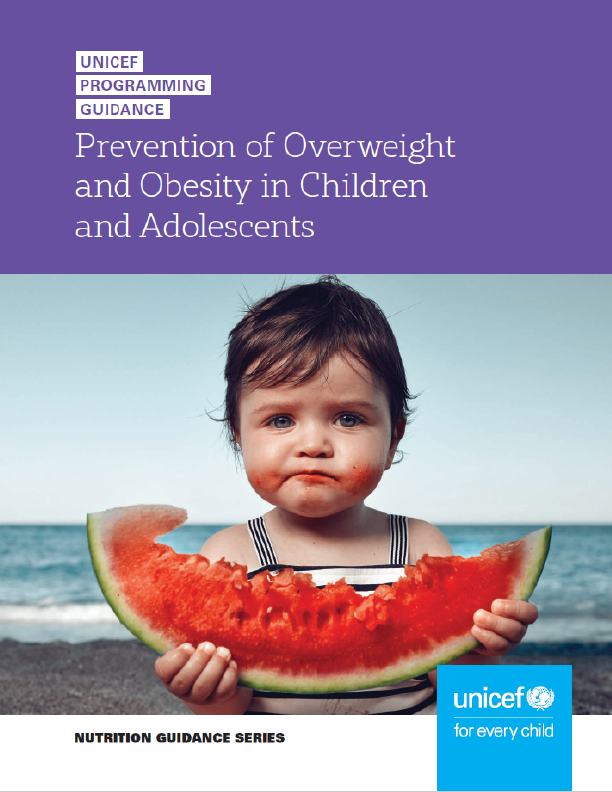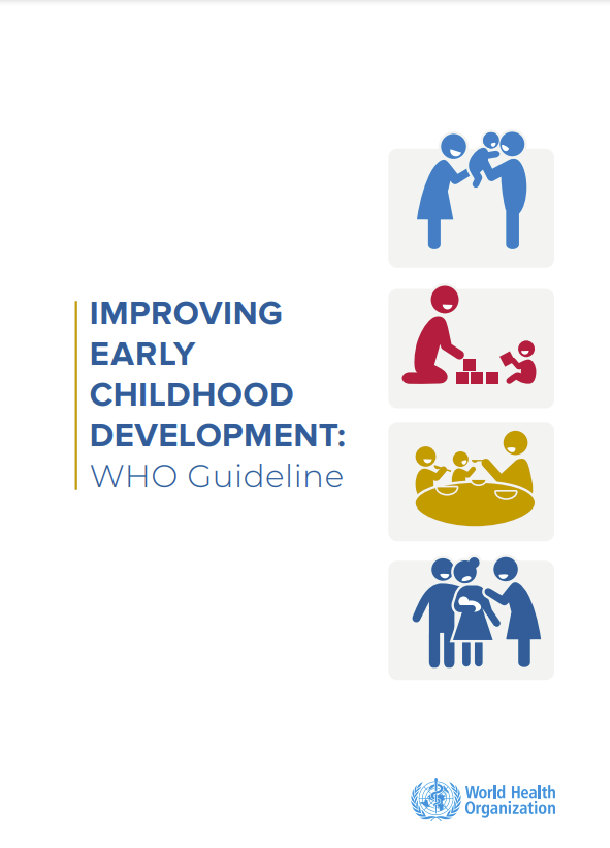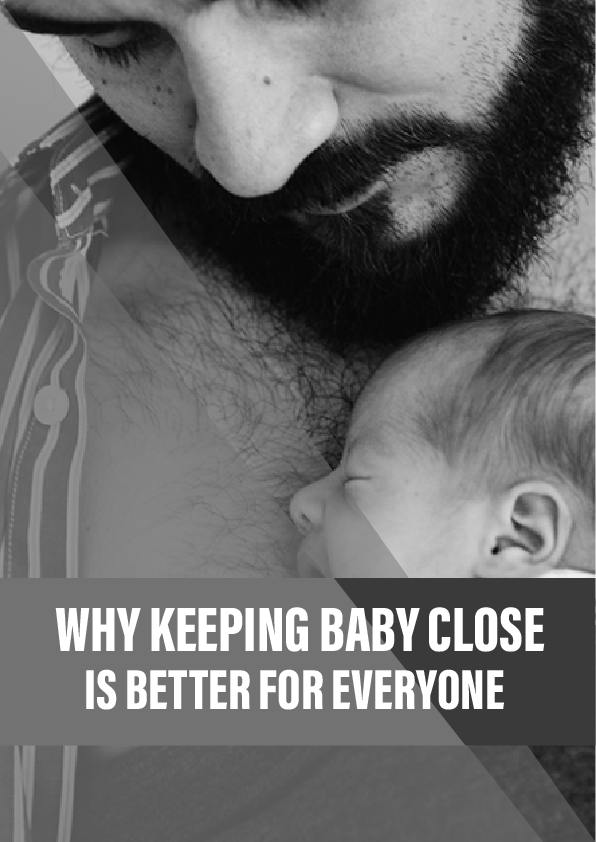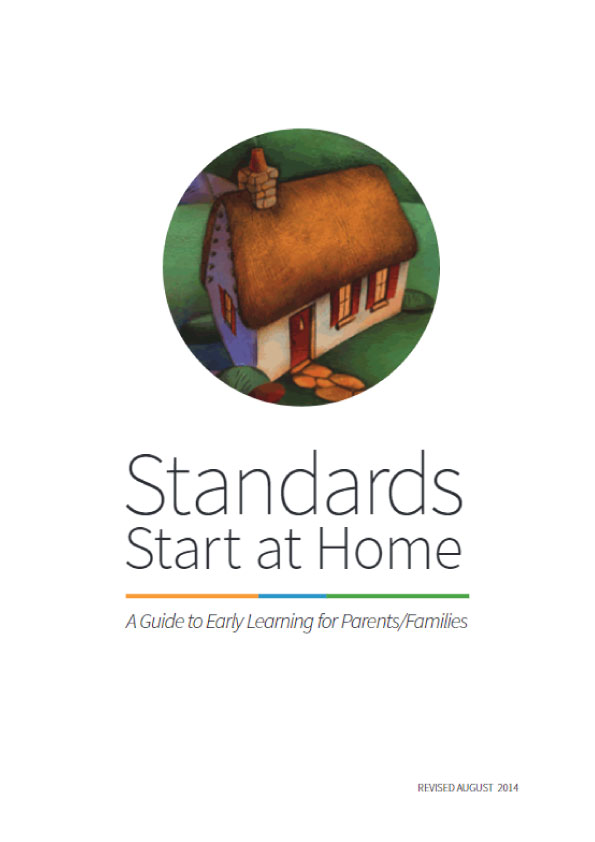Overweight is a form of malnutrition. It does not happen in isolation and nor does it occur only in certain people or certain countries. Different forms of malnutrition (stunting, wasting, micronutrient deficiencies, overweight and diet-related non-communicable diseases) can coexist in the same country, the same community and even in the same family or individual. In 2017, to address this ‘double burden’ of malnutrition, the prevention of overweight in children and adolescents was integrated into the UNICEF Strategic Plan (2018-2021) as part of Goal Area 1: Every child survives and thrives. The aim is to reduce malnutrition in all its forms.
This document offers a step-by-step framework intended to guide country level interventions. The first step is to undertake a situation analysis of overweight in children of all age groups, after which UNICEF needs to select a relevant set of interventions, in coordination with the government and other partners.
The recommended actions for implementation by UNICEF programmes are:
- Improve the enabling environment, including policies, regulatory frameworks and strategies and accompanying monitoring and enforcement measures.
- Implement interventions across the life cycle, specifically during pregnancy, the early childhood period (under age 5), school age (5-9 years of age), and adolescents (10-19 years of age). The prevention of overweight in children is a multisectoral undertaking and collaboration between the Nutrition sector and other UNICEF programme sectors and areas is crucial. It is also important to use a systems approach, engaging the food, health, wash, education, and social protection systems, as well as communities and having an appropriate involvement of the private sector.
- Knowledge generation and use on the prevention of overweight in childhood by country offices as well as HQ and regional offices. In addition, data collection and surveillance systems need to be established for documenting overweight in children over 5 years of age, at the national and global level.
- Monitoring and reporting of interventions and progress is crucial. For internal monitoring purposes, questions on interventions for the prevention of overweight in children are incorporated in the Strategic Monitoring Questions (SMQs) and in Nutridash.











